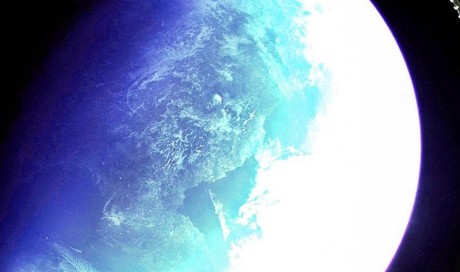A military stand-off between India and China on their disputed border in the Himalayas has escalated into deadly clashes.
In 400 words, here is all the important background to help you understand what is going on.
What happened in the clash?
At least 20 Indian soldiers were killed in Monday night's incident. It happened in Galwan Valley in the disputed Ladakh region.
China accused Indian troops of crossing the border twice, "provoking and attacking Chinese personnel".
Both sides insisted that no shots were fired. Indian officials gave accounts of fighting with bare hands, iron rods and stones.
There were reports of Chinese casualties, but no official confirmation.
Military officials from both countries later met to "defuse the situation", the Indian army said.
Why are they fighting?
The military superpowers have been arguing for decades over territory in the high-altitude, largely uninhabited region.
Their armies come face to face at many points along the 3,440km (2,100-mile) shared border.
The confrontation came after tensions bubbled up in recent months over a new road India built in Ladakh, along the Line of Actual Control which divides the sides.
That angered China, which deployed troops and built infrastructure of its own in disputed territory, bringing the two sides' forces in closer proximity and heightening the risk of clashes.
Why does it matter?
Both sides see the area as strategically important, economically and militarily.
If neither gives way, the stand-off could have destabilising consequences for the region.
The loss of life raises the stakes. Those deaths are believed to be the first in 45 years in a border confrontation between India and China.
They have fought only one war, in 1962, when India suffered a humiliating defeat.
How dangerous could this be?
Potentially very, if efforts to reduce tensions fail.
In recent days, army generals from India and China have been involved in talks aimed at resolving the border row.
However, similar reconciliation attempts have stalled in the past.
If they are not successful, there is a risk of escalation between two rivals who happen to be the world's most populous countries - and have nuclear weapons.
"This is extremely, extremely serious, this is going to vitiate whatever dialogue was going on," former Indian army commander DS Hooda said, commenting on Monday's clash.
Share This Post















